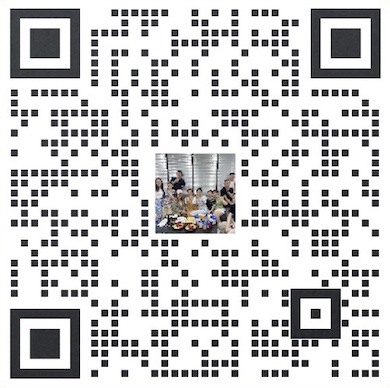
7x9小时
9:00am - 6:00pm
免费售前热线
13338363507
How to use real-time synchronization technology to ensure data consistency in overseas store service CRM system integration?
2024-04-07
In today's globalized business environment, many companies operate overseas stores to expand their market reach. However, managing customer relationship management (CRM) systems across different locations can be challenging, especially when it comes to ensuring data consistency. Real-time synchronization technology can play a crucial role in addressing this issue and ensuring that the CRM system integration in overseas store services is seamless and efficient.
Real-time synchronization technology allows for the immediate and automatic updating of data across different systems, ensuring that all information is consistent and up-to-date. This technology is particularly important in the context of overseas store service CRM system integration, as it enables companies to maintain a unified view of customer data regardless of the location.
To effectively use real-time synchronization technology for data consistency in overseas store service CRM system integration, companies should consider the following steps:
1. Identify the key data elements: Before implementing real-time synchronization technology, it is important to identify the key data elements that need to be synchronized across different locations. This may include customer information, sales transactions, inventory levels, and marketing activities.
2. Choose the right synchronization tool: There are various real-time synchronization tools available in the market, each with its own features and capabilities. Companies should carefully evaluate their options and choose a tool that best fits their specific needs and requirements.
3. Establish data governance policies: To ensure data consistency, companies should establish clear data governance policies that outline how data should be managed, updated, and synchronized across different locations. This may include defining data ownership, access controls, and data validation rules.
4. Implement data validation mechanisms: Real-time synchronization technology relies on the accuracy and integrity of the data being synchronized. Companies should implement data validation mechanisms to ensure that only clean and accurate data is being synchronized across different systems.
5. Monitor and maintain synchronization processes: Once real-time synchronization technology is implemented, companies should continuously monitor and maintain the synchronization processes to identify and address any issues or discrepancies that may arise.
By following these steps, companies can effectively use real-time synchronization technology to ensure data consistency in overseas store service CRM system integration. This will not only help in providing a seamless and unified customer experience across different locations but also enable companies to make informed business decisions based on accurate and up-to-date data. Overall, real-time synchronization technology is a valuable tool for companies looking to streamline their overseas store service CRM system integration and maintain data consistency across different locations.
↓Scan code to addqiqueadviser↓

↑Learn more digital scenes↑
Extended Reading:
Overseas store service CRM system integration: Exploration of key technologies to achieve multi-terminal data synchronization Privacy protection strategy for integrating data desensitization and overseas store service CRM systems Use identity verification technology to ensure safe access for users integrated with overseas store service CRM systems How to use single sign-on technology to simplify the login process of overseas store service CRM system integration? Overseas store service CRM system integration: establish access control policies to achieve data protection Application of data privacy protection and compliance management in overseas store service CRM system integration Use security authentication technology to ensure user identity security integrated with overseas store service CRM systems How to strengthen the security of overseas store service CRM system integration through security audit? The importance of data backup and disaster recovery strategies in overseas store service CRM system integration Practical application of multi-level authority control in overseas store service CRM system integration more>>
Useful
Useless
Share on WeChat
Open within mini program
![]()
Open WeChat to "scan" and forward to friends
Open WeChat "Scan" and open it in the mini program
关闭预览


